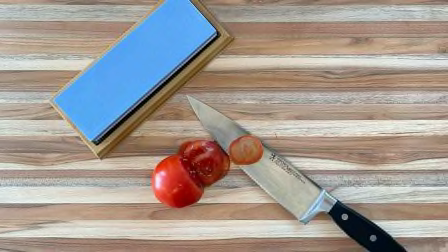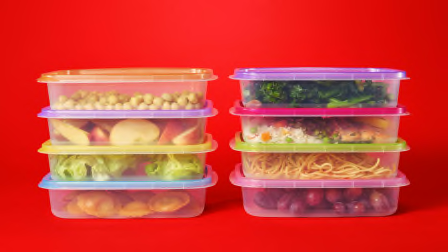Best Cutting Boards for Your Kitchen
We evaluated six boards to see which model was the easiest to use, clean, and maintain. Here are our top picks
When you shop through retailer links on our site, we may earn affiliate commissions. 100% of the fees we collect are used to support our nonprofit mission. Learn more.

A chef’s knife may play the starring role in dinner prep, but your cutting board certainly deserves a nod for best supporting actor. It’s easy to write off these utilitarian boards as interchangeable, but the truth is, some are much better than others.
I know this to be true from culinary school, the time I’ve spent in professional kitchens, and more recently from time spent in my own kitchen, where I assessed six cutting boards of varying materials to see which were the best to use, clean, and maintain.




















